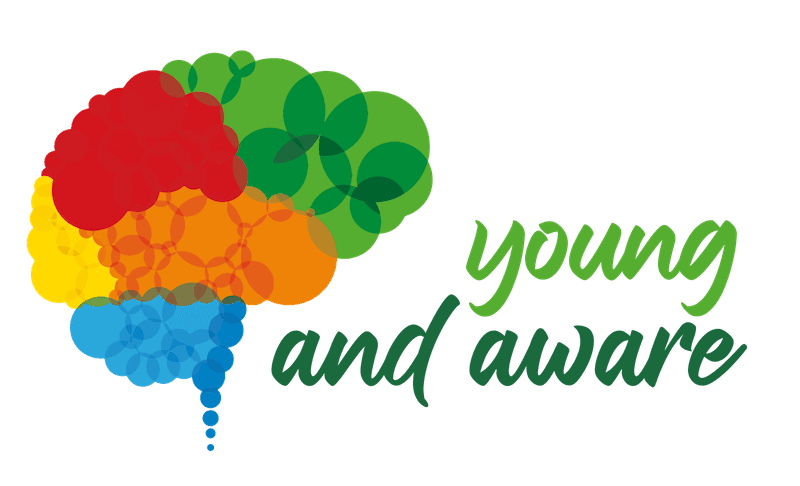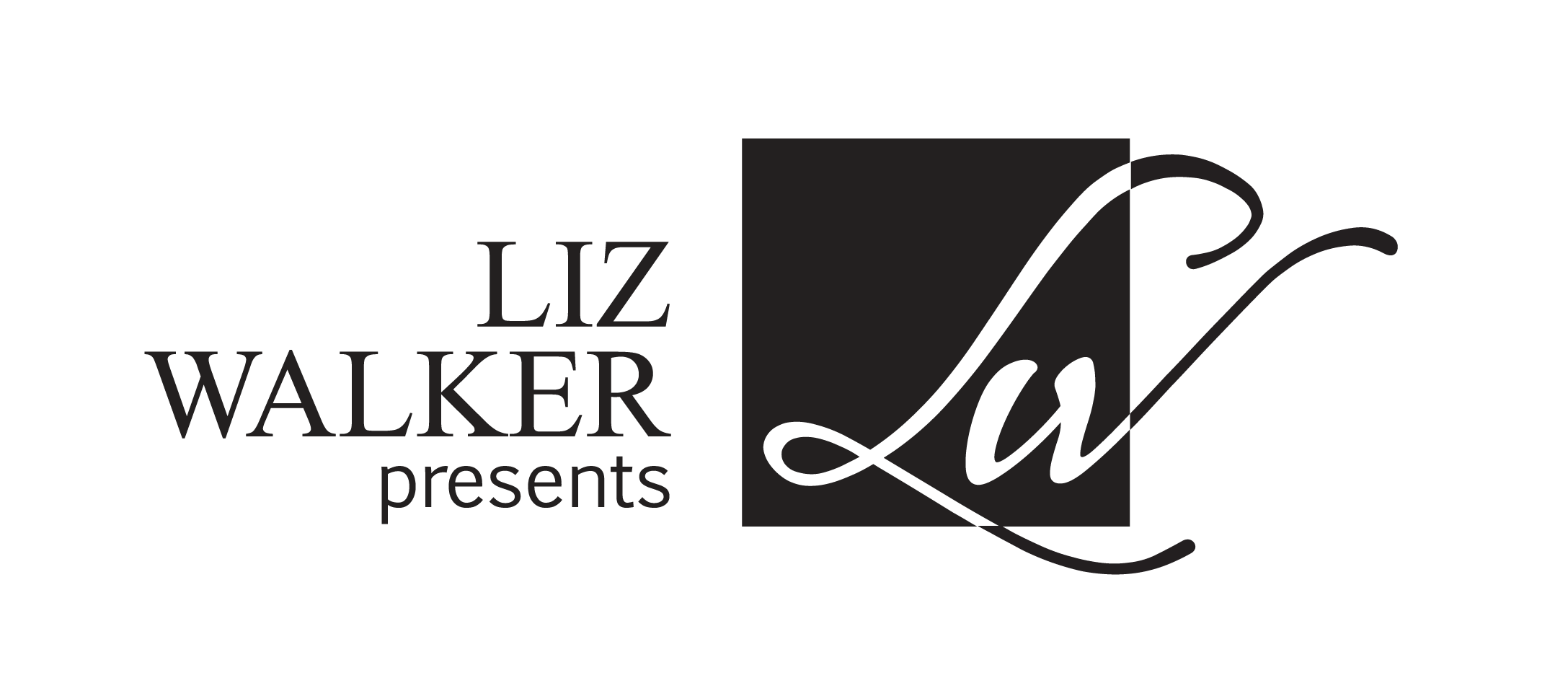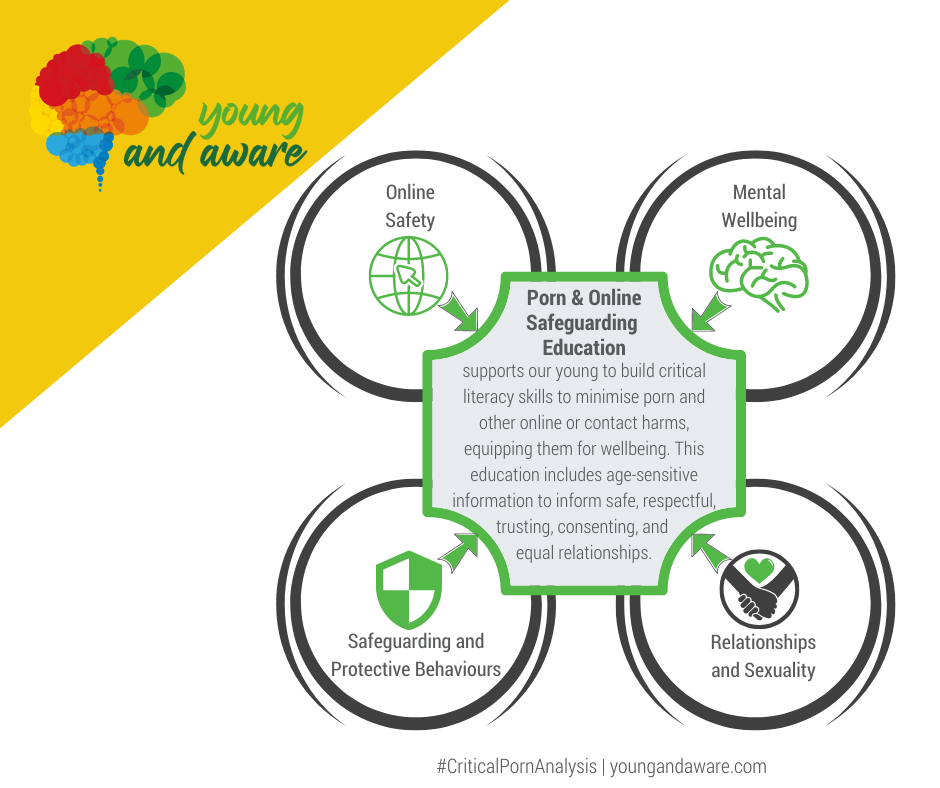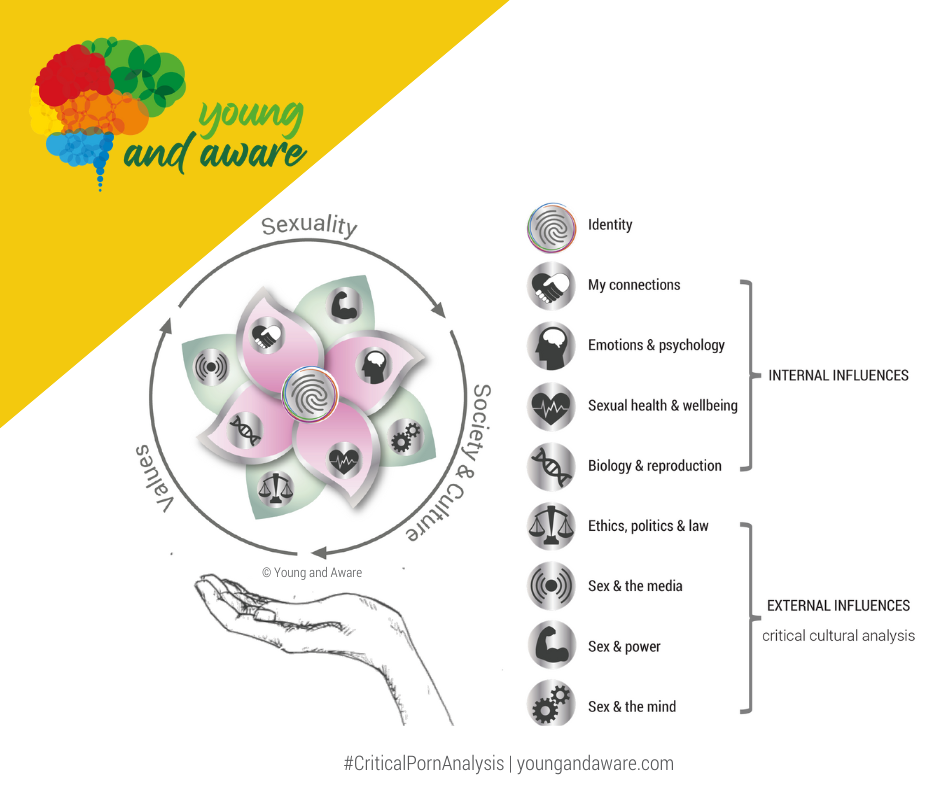When I was six years old, I was shown a porn magazine with page after page of graphic sexual images. Understandably, the scenes swirled around in my mind and gave me the wrong idea about sexual behaviours, relationships, and even myself. Upon reflection, I often wonder if things would have been different for me if, as a six-year-old, I had talked to a trusted adult and asked for help. However, I thought I would get into trouble if I spoke with someone. As a result, I wasn’t even sure anyone would listen or understand. How very wrong I was. As it turns out, asking for help would have been the best thing I could have done.
Today, troubling content can be found everywhere – far more explicit and harmful than I encountered. Unfortunately, children of all ages are exposed to hardcore, online graphic porn at the click of a button – images that their eyes were never meant to see.
It’s up to mums, dads, teachers, carers, and safe grown-ups to be more aware of online dangers and the impact of unsafe images on our kids’ lives. Most importantly, families need to speak with their kids BEFORE they see online porn. It’s critical that they have the skills to know how to respond.
Our educational books, curricula and workshops inspire and facilitate educated conversations about online pornography harm. It’s up to us to empower kids to take charge of disturbing images. We can give them the confidence to speak with a trusted adult and stand up against porn culture. Above all, we can teach them to listen to their inner voice to help them make safer and more positive choices.



